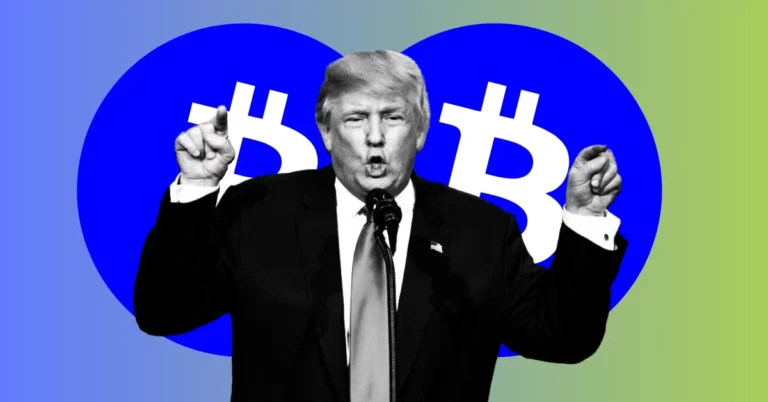In the ever-evolving world of cryptocurrencies, you may have heard the term “stablecoin” thrown around. But what exactly is a stablecoin, and why should you care about it? Let’s dive deep into this concept, explore its significance, and understand how it can impact your financial future.
What is a Stablecoin?
At its core, a stablecoin is a type of cryptocurrency designed to have a stable value. Unlike traditional cryptocurrencies like Bitcoin or Ethereum, which can swing wildly in price, stablecoins are pegged to a stable asset—most commonly a currency like the US dollar or commodities like gold. This means that 1 stablecoin usually equals 1 dollar, making it much less volatile.
Key Points:
- Stability: Stablecoins aim to reduce the volatility that is often associated with other cryptocurrencies.
- Pegged Value: They are usually backed by reserves or collateral, which ensures that their value remains stable.
- Types: There are different types of stablecoins, including fiat-collateralized, crypto-collateralized, and algorithmic stablecoins.
Why Are Stablecoins Important?
- Bridge Between Traditional Finance and Crypto: Stablecoins act as a bridge between the old world of finance and the new world of cryptocurrencies. They allow people to hold digital assets without the fear of extreme price fluctuations. This is particularly valuable for those looking to enter the crypto space but worried about losing money.
- Facilitating Transactions: Because of their stable nature, stablecoins can be used for everyday transactions—buying goods and services without the stress of changing prices. Imagine being able to pay for your coffee using a digital currency that won’t fluctuate in value while you wait in line!
- Decentralized Finance (DeFi) Applications: Stablecoins are essential in the DeFi ecosystem, where users lend, borrow, and trade cryptocurrencies without the need for traditional banks. They provide liquidity and a stable medium for transactions in a decentralized manner, allowing more people to participate in financial activities.
- Global Remittances: Sending money across borders can be expensive and slow. Stablecoins can significantly reduce these costs and speed up the process, making it easier for people to send money to family or friends in other countries.
Steps to Get Involved with Stablecoins
- Learn the Basics: Familiarize yourself with stablecoins and how they work. Understand the differences between various types and their uses.
- Choose a Wallet: Get a cryptocurrency wallet that supports stablecoins. This will be your digital bank where you store and manage your coins.
- Acquire Stablecoins: Purchase stablecoins from reputable exchanges. You can swap them for other cryptocurrencies or fiat money, depending on your needs.
- Explore DeFi: Dive into the world of decentralized finance. Look into lending platforms or liquidity pools that use stablecoins to earn interest or engage in trading.
- Stay Informed: Follow the latest news and developments in the crypto space. The world of stablecoins and cryptocurrencies is rapidly changing, and staying updated will give you an edge.
Key Terms to Remember
- Fiat-Collateralized: Stablecoins backed by real-world currencies.
- Crypto-Collateralized: Stablecoins backed by other cryptocurrencies.
- Algorithmic Stablecoins: These maintain stability through algorithms and smart contracts without being backed by collateral.
Conclusion: Why Knowledge is Power
Understanding stablecoins is more than just a trendy topic; it’s about empowering yourself in a digital future. As the world moves toward a more decentralized financial system, stablecoins play a critical role in making that transition smoother and more accessible. By increasing your knowledge in this field, you’re not only preparing for the future but also opening up a world of opportunities.
Embrace this learning journey, and who knows? You could become a part of the next wave of financial innovation!


